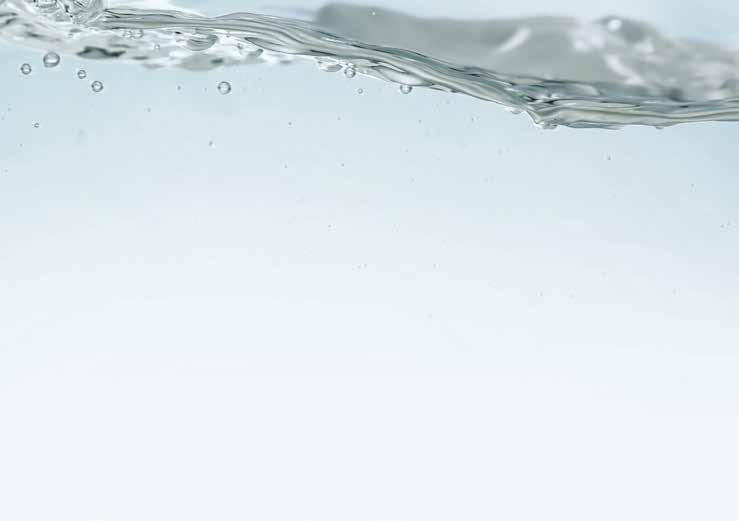42 Industry Review
Empowering the shrimp sector through digital transformation How an advanced production management software can be the first step towards production optimisation and sustainability. By Konstantinos Bovolis
A
quaculture is an expanding industry that has great potential to address the demand for high quality protein along with the increasing global population and income. However, while the biomass produced from aquaculture has already surpassed that of fisheries for direct human consumption there is a feeling that the industry is slow to adopt technology and reap its benefits, especially in comparison with other segments of food production, such as poultry. While large strides and technological breakthroughs have been made in the past decades, especially in salmon farming, some sectors, such as shrimp farming are still lagging in terms of adoption of technology. Although having a long history and tradition, shrimp producers, regardless of whether they are small local farms or huge multinational companies, are still relying on experience and instinct, when it comes to decision making and daily operations. In an everchanging environment and in a world that is constantly evolving, the need for control, innovation, standardisation, automation and sustainability is more profound than ever. The Covid-19 pandemic, accompanied by the initial market shocks, have demonstrated the urgency to address these needs. Making the right decisions in terms of production cost, -quality, and -scheduling can make the difference between profit and loss. This is especially the case in the shrimp industry, characterised by short production cycles, considerable product price sensitivity, and reliance on optimal environmental conditions for shrimp growth and survival. The daily challenge of controlling shrimp production in real time for maximum profitability and environmental sustainability, can be overcome if supported by a dedicated production management software.
Feed management and evaluation of daily operations using mobile devices
The use of sinking feeds and subjective survival estimation pose many challenges for efficient pond management. At the same time, the short production cycle demands very frequent (weekly, in most cases) survival estimations and weight sampling, together with continuous biomass and feeding regime adaptations and updates. Tools to support rapid and accurate adjustments to the daily feeding and continuous fine-tuning of the optimal feeding regimes are a must and should be readily available to the farm manager. Nowadays, shrimp farms rely mainly on hand-written feed registration and control systems. Although this practice might seem handy, cheap and fitting the level of education of the farm’s workforce, it is not befitting the shrimp company’s continuous drive for better controls in search of profitability and quality certifications. Handwritten data collection is prone to errors and puts a huge burden on the farm manager’s shoulders as he is not able to see all required information in a consolidated format. Processing the data can be very time consuming and poses difficulties in demonstrating conformity during the ever more frequent audits.
Functionalities adapted to the company’s needs
The recording and interpretation of various parameters, such as stocking density, feed conversion ratios, health status and survival rates, may differ from farm to farm and can be unique among different production systems and producers. For instance, some production units might register their data in kilogram per hectare, while others would work with data in square meters or even cubic meters. Also, managers might have different preferences on how data and reports are presented, analysed and visualised. An advanced management software allows users to personalise and customise all its functionalities to reflect the production reality of each farm and perfectly align the program's functionalities with the company’s objectives and needs.
January/February 2021 AQUA Culture Asia Pacific
Figure 1. Accurate data collection and reporting through mobile applications provide accesible information in a consolidated format.
With most of the work force familiar with smartphones and with the help of user friendly dedicated mobile applications and considerably basic training, the farm operators are able to register critical information directly on the field. Feeding, mortalities, water quality and issues in specific ponds or the whole farm can be accurately registered in real time, reducing errors and assuring that the system is always updated, providing total traceability at all times (Figure 1).










